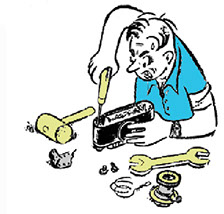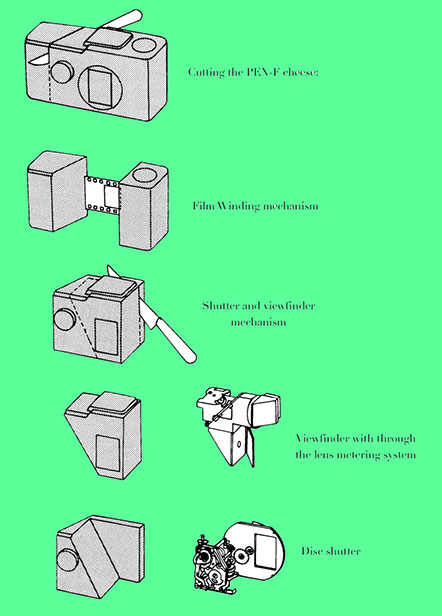

There aren't too many of us left
Explaining camera design to the youth
I learned technical writing by doing. My technical writing teacher used to tell me: "There aren't too many of us left". I told him I had already written a book, and the Cal State library had a copy. Next time he saw me, he said he had read my book. His suggestion was: "Describe your illustrations". Many years of technical writing has led me to draw hundreds of illustrations. I can now see what he meant by there weren't too many of us left. I used to draw the illustrations using jewel point Rapidograph pens on mylar. I used a motorized eraser to correct mistakes. That was the easiest way to take off ink from Mylar.
I now use iPad pro to take pictures of mechanisms, then trace them with digital pen. The drawings come out more proportional, and seldom need redoing. I wrote my first book with a typewriter that you had to push No 3 really hard to make it to print. Good old days. I really appreciate all the work that went into creating ink-drawn technical manuals. Their illustrations can not be replicated with computer drawn illustrations. Just compare old Walt Disney films with those drawn with computer aided graphics. Today's technical illustrations look pale. They lack proper contrast, and you get lost in details that are perfectly drawn but are not comprehensible. Use your old cell phone with plastic buttons once in a while, and you might remember how much easier your life was, having much more free for yourself.

Look for this logo when high level of repair skills are necessary or special tools are needed..


Explaining camera design through the eyes of an Opto-mechanical designer: Olympus Pen-F designed by Youshihisa Maitani's group at Olympus.
Drawings by Ali Afshari, from the book: "Restoring the SLR".

Related
Article in
Optomex
Download Optomechanix July-Sep 2018
for a brief history of camera design at Olympus, and Pen-FT design